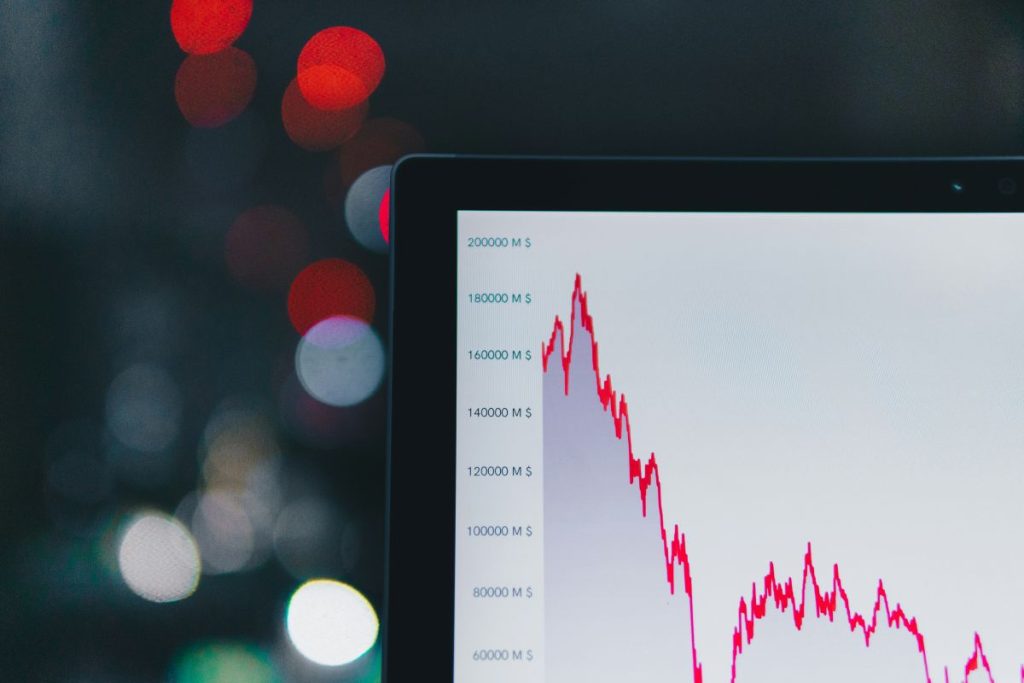After years of competing priorities—from ESG to AI—cost savings is back at the top of the agenda for procurement teams. But the conversation has changed. Today’s savings mandate must grapple with risk, technology, and a shifting global environment.
The Return of Procurement’s Core Mandate
For all the transformation agendas and innovation buzzwords that have defined procurement in recent years, cost savings is once again the non-negotiable priority. Whether driven by macroeconomic uncertainty, political transitions, or internal budget pressure, organizations are re-centering procurement around measurable financial impact.
Practitioners across industries are reporting that savings targets—paused or deprioritized during the post-pandemic transformation wave—are now back at the top of executive scorecards. And while the message may sound familiar, the mechanics have shifted. Today’s savings landscape is more complex, more scrutinized, and more tightly bound to risk.
One procurement leader put it plainly: “Every time there’s disruption—political, economic, or operational—procurement gets called in to deliver cost savings. That’s been true for 25 years. But now, leadership is also expecting clarity, credibility, and control.”
Cost Savings Is Easy to Say, Harder to Prove
In an environment where metrics matter more than ever, procurement teams are being asked not just to reduce spend—but to defend the savings they claim. That’s straightforward on the direct side, where unit price reductions are easier to validate. But on the indirect side, savings often involve cost avoidance, complexity reduction, or license optimization—areas that are notoriously difficult to quantify.
This pressure is driving teams to invest in better metrics, better tooling, and more transparent tracking frameworks. Without credible, CFO-ready measurement, cost-saving claims risk being dismissed as theoretical or unverified. And with IT procurement taking center stage in many organizations—especially around SaaS—procurement leaders are being asked to go deeper, faster, and more convincingly into categories that are often sprawling, decentralized, and tech-heavy.
Restructuring for Accountability and Agility
This renewed focus on savings is also driving organizational change. Teams are being restructured, new roles are emerging, and talent is being reassigned toward categories with greater spend influence—particularly technology. In many cases, teams are also being reshaped to manage AI-powered agents that will soon take on repeatable cost analysis and risk detection tasks.
One CPO put it bluntly: “We’re hiring fewer buyers and more orchestrators—people who can manage systems, agents, data, and cross-functional priorities. That’s the future of procurement operations.”
Procurement’s structure is evolving to reflect a dual need: to reduce cost in the short term, and to institutionalize a new model of value creation in the long term.
Risk, Resilience, and the Real Cost of Inaction
If cost savings is re-emerging as the headline KPI, risk is fast becoming its shadow metric. Several organizations are beginning to tie cost-saving initiatives directly to risk mitigation—especially in categories like cybersecurity and third-party exposure. The rise in high-profile data breaches and unpredictable global tariffs has made the connection harder to ignore.
Tariffs, for instance, are no longer abstract threats. One recent example: a sudden 25% tariff imposed on Colombia. Most businesses weren’t watching Colombia, but the impact was immediate. As one guest noted, “When tariffs become a reactionary tool, the rules of engagement change overnight. Procurement needs to be scenario-planning years ahead—not reacting weeks behind.”
Cybersecurity risk is another area where procurement is increasingly on the front line. With tens of thousands of vendors—many with access to systems or sensitive data—the potential for breaches is massive. “It’s no longer just an IT issue,” said one expert. “Procurement owns the third-party ecosystem, and if we’re not managing it, nobody is.”
It’s Not Just About Savings—It’s About Strategic Maturity
Procurement has always been expected to deliver savings. But in 2025, it must also deliver credibility, resilience, and foresight. That means ditching vague value claims in favor of defensible metrics. It means thinking about risk not as a compliance checkbox, but as a cost lever. And it means equipping procurement teams—not just with more tools, but with sharper skills, better data, and clearer accountability.
What’s emerging isn’t a return to the old playbook—it’s a redefinition of what procurement excellence looks like. The organizations that succeed won’t just cut costs. They’ll make cost management part of a broader system of business value creation, driven by data, guided by insight, and ready for whatever comes next.



